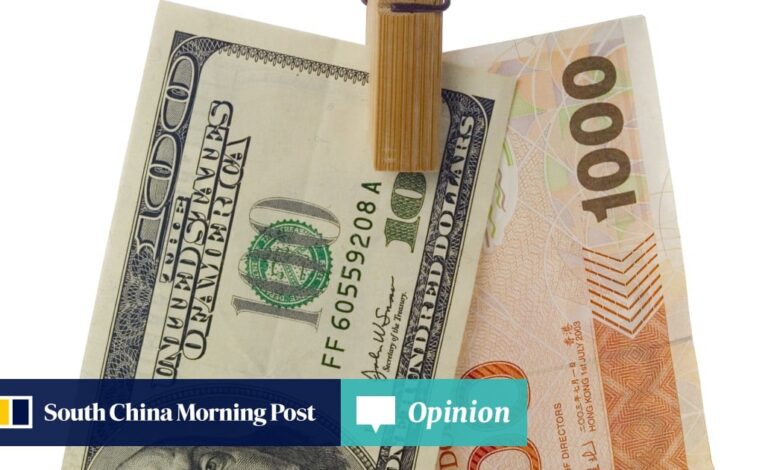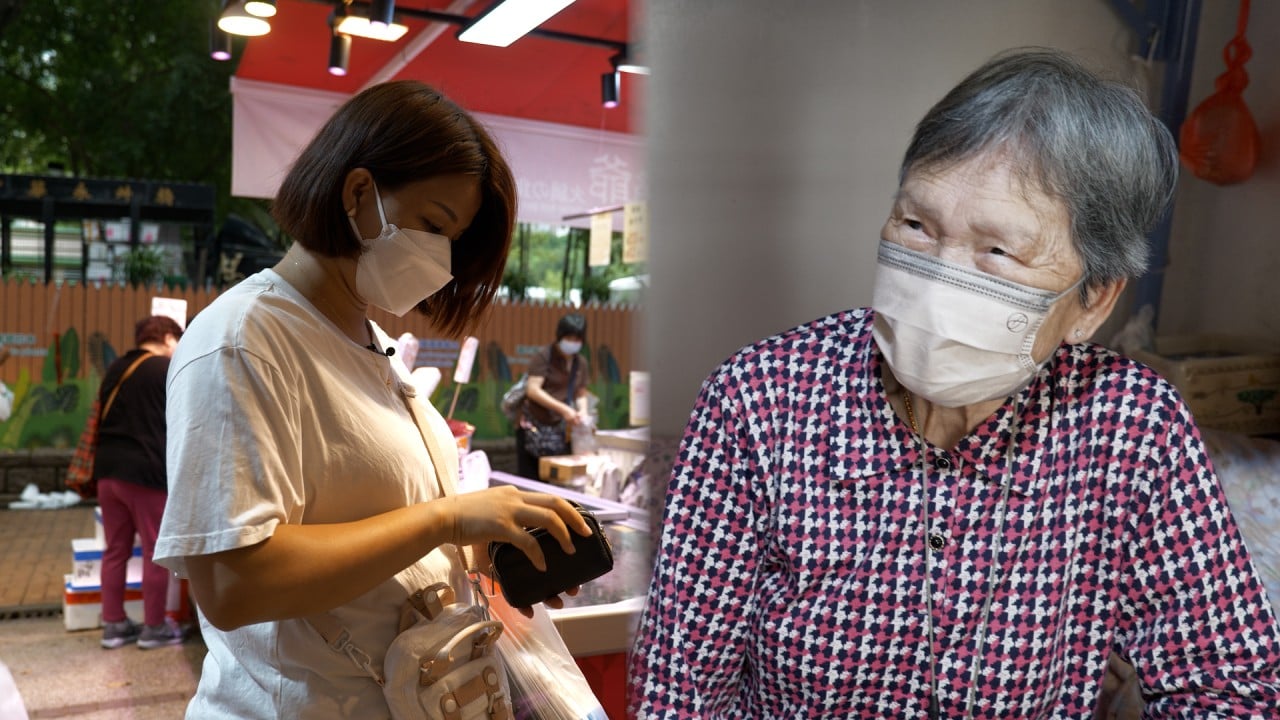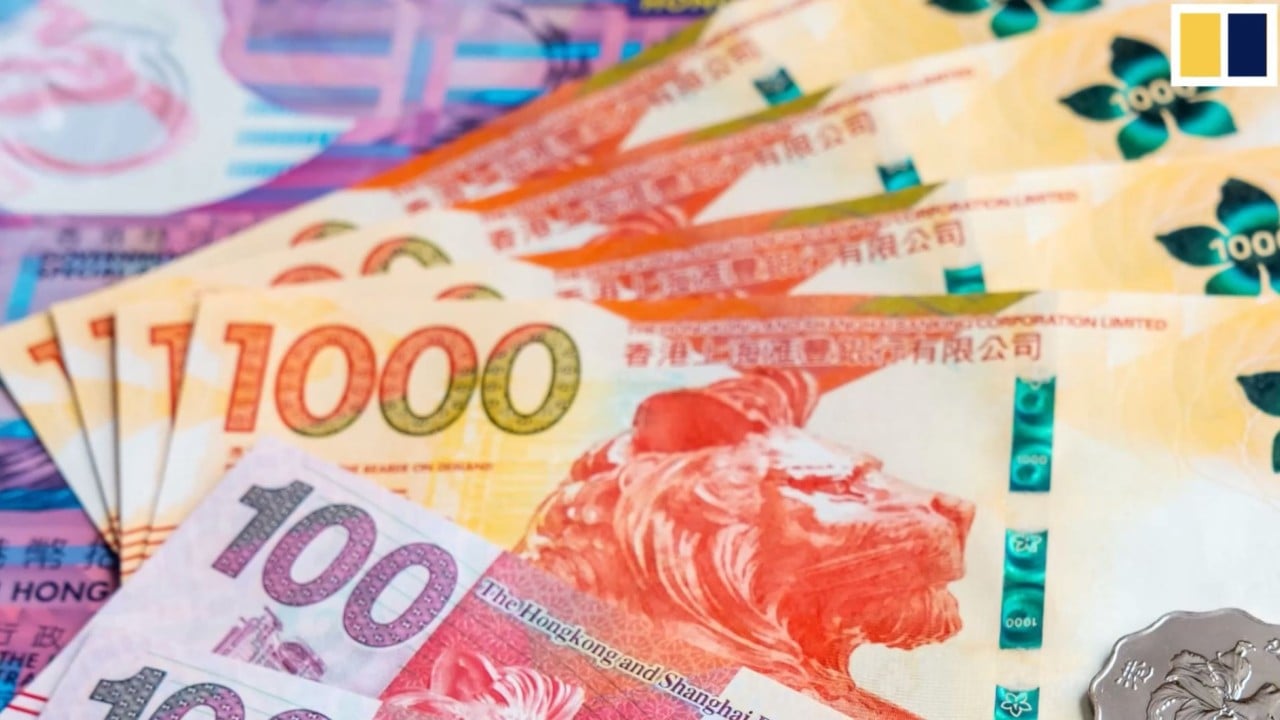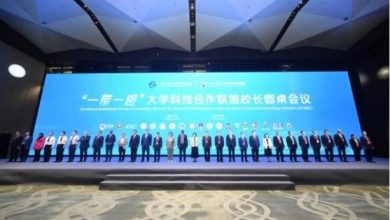Opinion: After 40 years of stability, Hong Kong’s US dollar peg is here to stay

[ad_1]
The system’s success rests on its robust design, in line with market disciplines, and its highly transparent and rule-based mode of operation, as well as our abundant foreign reserves, strong fiscal position and dynamic economy.
More importantly, the market has seen the system function in strict adherence to its design. Since 2005, the “strong-side convertibility undertaking” has been triggered 321 times, with the HKMA buying US dollars equivalent to nearly HK$1.45 trillion to keep the Hong Kong dollar below the higher limit of the trading band.
The “weak-side convertibility undertaking”, which keeps the Hong Kong dollar from weakening too much, has been triggered 84 times, resulting in the selling of US dollars equivalent to nearly HK$420 billion. These inflows and outflows worked like clockwork.
There are two keys to the system’s high degree of transparency that underpins market confidence: the openness that is a feature of the system’s design, and the timely and accurate disclosure of crucial data. Whenever we entered the market to fulfil the obligations imposed by the convertibility undertakings, we promptly let the market and the public know, by publishing related transaction data.
We regularly publish the latest Exchange Fund balance sheet data, currency board accounts and other information about the linked exchange rate system, and communicate about the system to the market and the public through appropriate channels.
No exchange rate regime is perfect. Policymakers in every economy must take into account its unique circumstances and historical factors in deciding what arrangements best suit its needs, to obtain the biggest advantages for the lowest costs. The exchange rate regime is an important and serious matter. Once decided, it should not be changed lightly.
As Hong Kong is highly dependent on imports to meet our daily and production needs, a stronger Hong Kong dollar helps reduce import costs and ease some inflationary pressure. Indeed, many other advanced economies are battling persistent inflationary pressures, too. The strengthening and weakening of any currency is cyclical. A stronger or weaker Hong Kong dollar each has its pros and cons.
Of note, though, is that many other economies and financial centres are also feeling the pain of high interest rates, even those that do not adopt a fixed exchange rate. Whether Hong Kong implements the linked exchange rate system does not seem the most critical factor.
Moreover, local interest rates have not risen too sharply. The composite interest rate, a measure of banks’ funding cost, has increased from 0.24 per cent at the end of March last year to 2.55 per cent at the end of August this year. Since March last year, the local best lending rates, or prime rates, have increased moderately by less than one percentage point, against the cumulative increase of 5.25 percentage points by the US Federal Reserve.
Change is constant. That is even truer of the financial markets, and the implications are more far-reaching. The HKMA must always be well prepared to embrace change. But we must also bear in mind the value of keeping a good system – not for the sake of keeping it, but because we have thought things through carefully to reach an informed decision.
As we have said many times, we have no intention and we see no need to change the linked exchange rate system.
Eddie Yue Wai-man is chief executive of the Hong Kong Monetary Authority
[ad_2]
Source link







